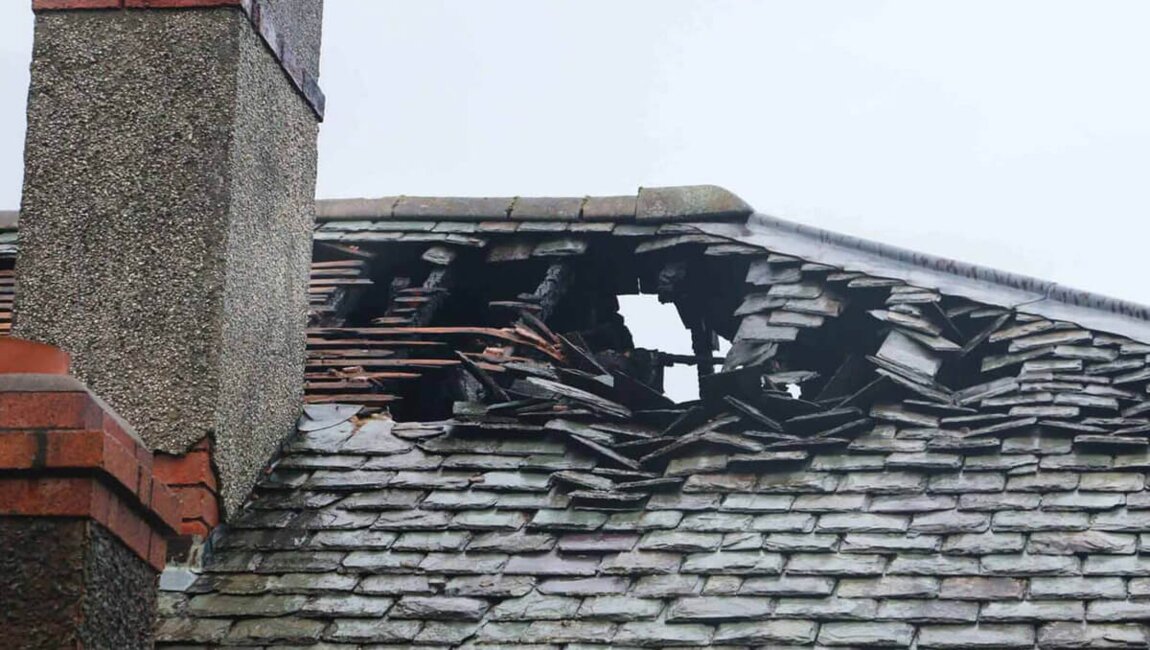Is It Time for a Roof Replacement? Here’s How to Tell
 James Liam
James LiamYour roof plays a vital role in protecting your home, family, and everything inside. It shields against weather, supports energy efficiency, and adds to the overall value of your property. But like any part of a house, a roof doesn’t last forever.
If you’ve been noticing signs of wear or damage, you may be wondering if it’s time to consider a roof replacement. Understanding the difference between a repairable issue and a system that’s beyond repair is essential. In this guide, we’ll explore the signs you shouldn’t ignore and how to make the right decision with help from a trusted roofing contractor near me.
Your Roof Is Nearing the End of Its Lifespan
Every roofing system has a lifespan, and once it nears the end of that range, replacement becomes more cost-effective than frequent repairs. In Scottsdale AZ, many homeowners turn to Elevate Roofing Pros for expert guidance when their roof begins showing signs of aging or wear.

Typical lifespans by material:
Asphalt shingles: 15–30 years
Metal roofing: 40–70 years
Clay or concrete tiles: 50+ years
Wood shakes: 20–40 years
If your roof is approaching or past these timelines, a professional roofing service provider can inspect it and help you decide if roof replacement is the best option.
You Notice Curling, Cracked, or Missing Shingles
Visible shingle damage is one of the most common early warning signs that your roof is failing. Curling edges, cracked surfaces, or sections where shingles are missing altogether leave your roof vulnerable to leaks and further damage.
This kind of wear may affect only a section—or it may signal system-wide deterioration. If multiple areas are affected, contacting a roof installation expert near me is your next step.
Recurring Leaks or Water Stains
Leaks aren’t always dramatic. Sometimes, they show up as subtle stains on ceilings or walls. But recurring leaks—even small ones—suggest that your roof’s waterproofing system has been compromised.
Repeated patchwork repairs may only delay the inevitable. A qualified repair expert nearby can assess whether it’s time for a full replacement to prevent structural issues and mold.
Sagging Roof Deck or Soft Spots
A sagging or uneven roofline often points to trapped moisture or structural damage beneath the surface. If walking on the roof reveals soft or spongy areas, this indicates wood rot or weakened decking.
Causes may include:
Poor attic ventilation
Long-term water damage
Aging materials failing to support the structure
In these cases, a roofing company near me should inspect the decking and sublayers to determine if replacement is necessary.
Rising Energy Bills and Poor Insulation
A deteriorating roof can lead to inefficient insulation, forcing your HVAC system to work harder. If you’ve noticed unexplained increases in your heating or cooling bills, your roof might be the cause.
Replacing an old roof with energy-efficient materials can restore indoor comfort and reduce energy consumption. A nearby roofing contractor can provide solutions tailored to your home’s needs.
Extensive Moss, Algae, or Mold Growth
Organic growth like moss or algae isn’t just cosmetic. These substances can hold moisture, leading to rot and faster material breakdown—especially in shaded or damp areas.
If cleaning doesn’t resolve the issue or the growth keeps returning, your roof’s integrity may be compromised, requiring expert evaluation and potentially a roof replacement.
You’ve Already Had Multiple Repairs
If your roof has needed multiple repairs in recent years—especially for leaks or storm damage—it may be more practical and economical to replace it entirely. Constant patchwork adds up and often doesn’t address the underlying issues.
A roofing expert near me can help you weigh the long-term cost of continued repairs versus the benefits of a full system upgrade.
Conclusion
Knowing when to replace your roof isn’t always easy—but the signs are often right in front of you. From visible wear and sagging to rising energy bills and persistent leaks, these red flags signal it’s time to consult with a professional roofing contractor near me. A proactive approach ensures your home stays protected, efficient, and safe. Don’t wait for disaster to strike—evaluate your roof today and make informed decisions for a stronger, safer future.
FAQs
1. How do I know if I need a full roof replacement or just a repair? If damage is isolated, a repair may suffice. Widespread issues, age, or recurring leaks typically signal the need for a full replacement.
2. How long does a roof replacement take? Most residential roof replacements take 1–3 days, depending on the size, weather, and materials used.
3. Will my insurance cover a roof replacement? It depends on the cause. Damage from storms may be covered, while general wear and tear is often not. Always check your policy.
4. How much does a roof replacement cost? Costs vary by size, materials, and location. A local roofing service provider near me can offer a detailed quote after inspection.
5. Can I live in my home during a roof replacement? Yes, most roof replacements allow homeowners to stay inside. Your contractor will coordinate to minimize disruption and ensure safety.
Subscribe to my newsletter
Read articles from James Liam directly inside your inbox. Subscribe to the newsletter, and don't miss out.
Written by
